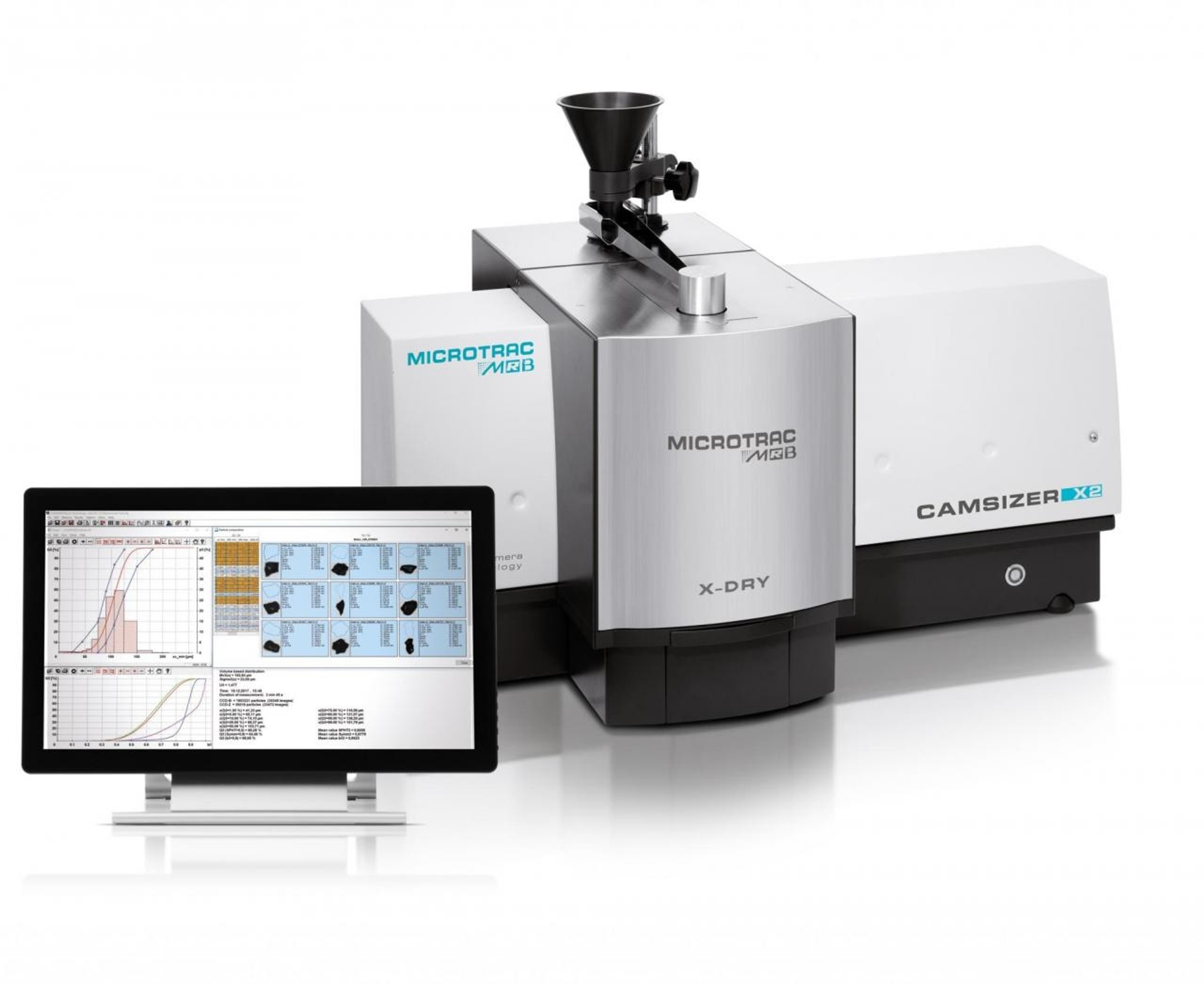The CAMSIZER from Retsch Technology Facilitates Catalyst Development at Shell Global Solutions
11 Mar 2013The research laboratory of Shell Global Solutions in Amsterdam has recently been equipped with state-of-the-art particle measurement systems for catalyst research. By using two instruments from Retsch Technology the Shell researchers are now able to determine particle sizes in a range from 10 nanometers to 30 millimeters.
In Shell’s laboratory in Amsterdam a Horiba LA-950 laser particle analyzer is placed next to a CAMSIZER from Retsch Technology. “Particle size analysis is indispensable for the development of new catalysts”, says Marije Nijkamp, project manager of the department Catalyst Technology at Shell Global Solutions. She is responsible for the development of new catalysts to produce improved fuels from natural gas. In addition to a good catalyst a good support material is also necessary to which the catalyst is attached. If the particle size of the support is different, this can affect the activity, stability and selectivity of the catalyst. Therefore, the researchers analyze the particle size of the support material very accurately.
Marije Nijkamp was looking for an instrument which measures particle size quickly, reliably and with high reproducibility while being easy to operate. The existing particle analyzers didn’t work satisfactorily; especially the reproducibility of the analyses was a problem. This was due to the rather laborious sample preparation which each researcher handled slightly differently. It soon became clear that only a laser diffraction particle size analyzer would be suitable as these instruments have the widest measuring range. Moreover, the time factor is very important for Shell as the analysis is the basis for subsequent experiments. Therefore, sample preparation should not take up too much time.
The Horiba LA-950 particle analyzer provides a measuring range from 10 nanometers to 3 millimeters, a short analysis cycle (approx. 1 min.) and automatic sample preparation. Moreover, it is possible to measure dry as well as wet samples. The advantages of a wet measurement are the good dispersibility of the particles and the fact that less sample volume is required.
The measurement is carried out automatically. The analyzer can add additional liquid, mix the sample, sonicate it (treat with ultrasonic) and rinse the system after the measurement. Dry powders pass through a suction mechanism and are deagglomerated in a cyclone. Other laser diffraction particle analyzers can only measure very small particles to a limited extent. Mixtures of large and very small particles are especially difficult to measure, as the large ones scatter the light so strongly that the small particles are not detected at all. To avoid this phenomenon, the LA-950 is equipped with an additional blue LED light source so that even the smallest particles can be analyzed. The smaller the wave length of the light source is, the smaller are the particles which can still be detected.
For the measurement of larger particles Shell Global Solutions uses the CAMSIZER. Previously the particles were analyzed by putting 200 of them on the glass plate of a scanner to determine the length of each particle. The CAMSIZER works much faster and can measure ten thousands of particles in 5 minutes. While the particles fall down from a vibratory chute into the measuring field two CCD cameras continuously take pictures. One camera focuses on the larger particles, the other on the small ones. A computer analyzes these pictures and calculates the size and shape of the particles. Thus it is possible to measure the length and diameter and, at the same time, evaluate the quality of the particles.
Thanks to the quicker and more efficient measurements, the acquisition costs have amortized within one year. Shell Global Solutions now obtains more precise information faster and thus has consistently improved the quality of their products.

